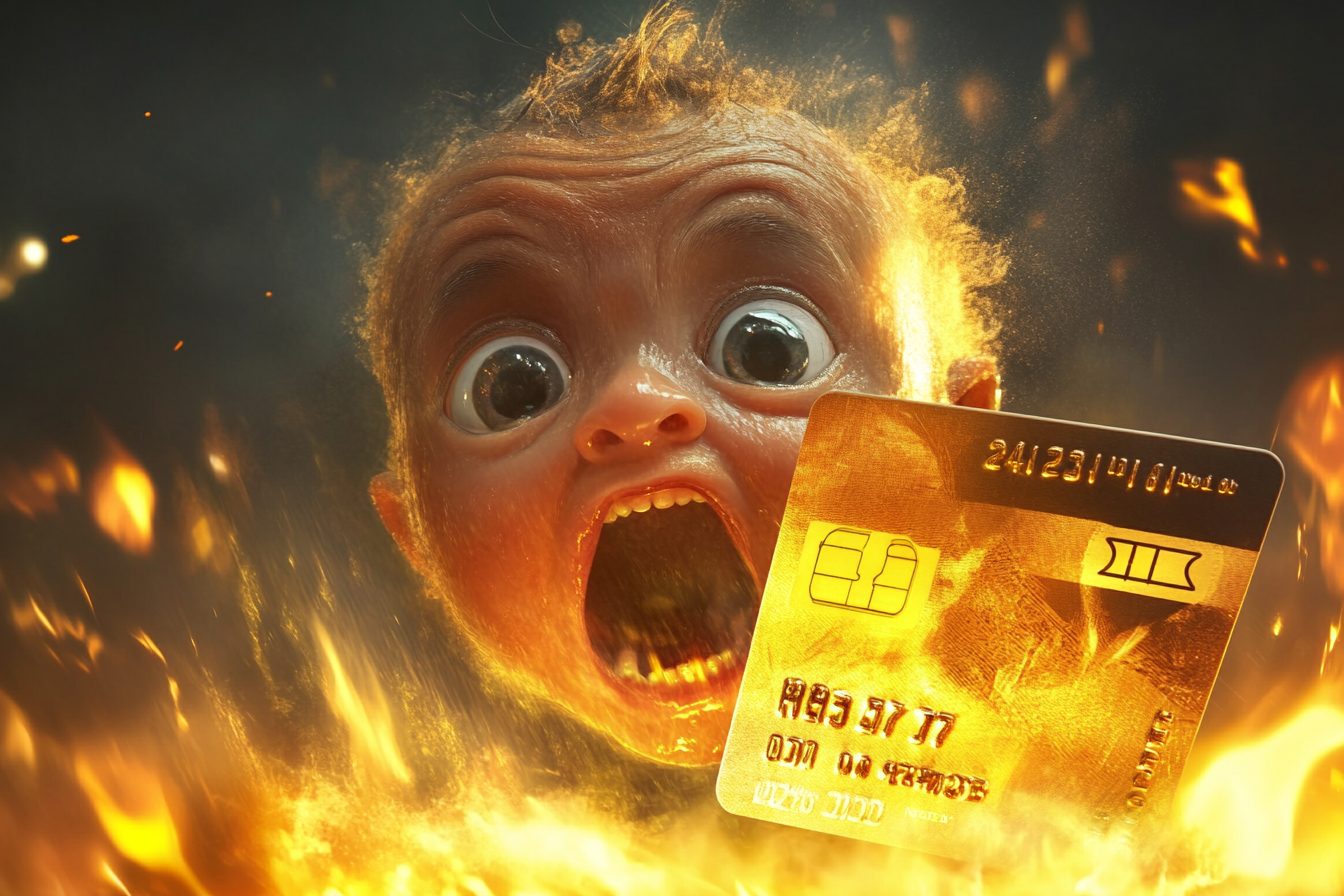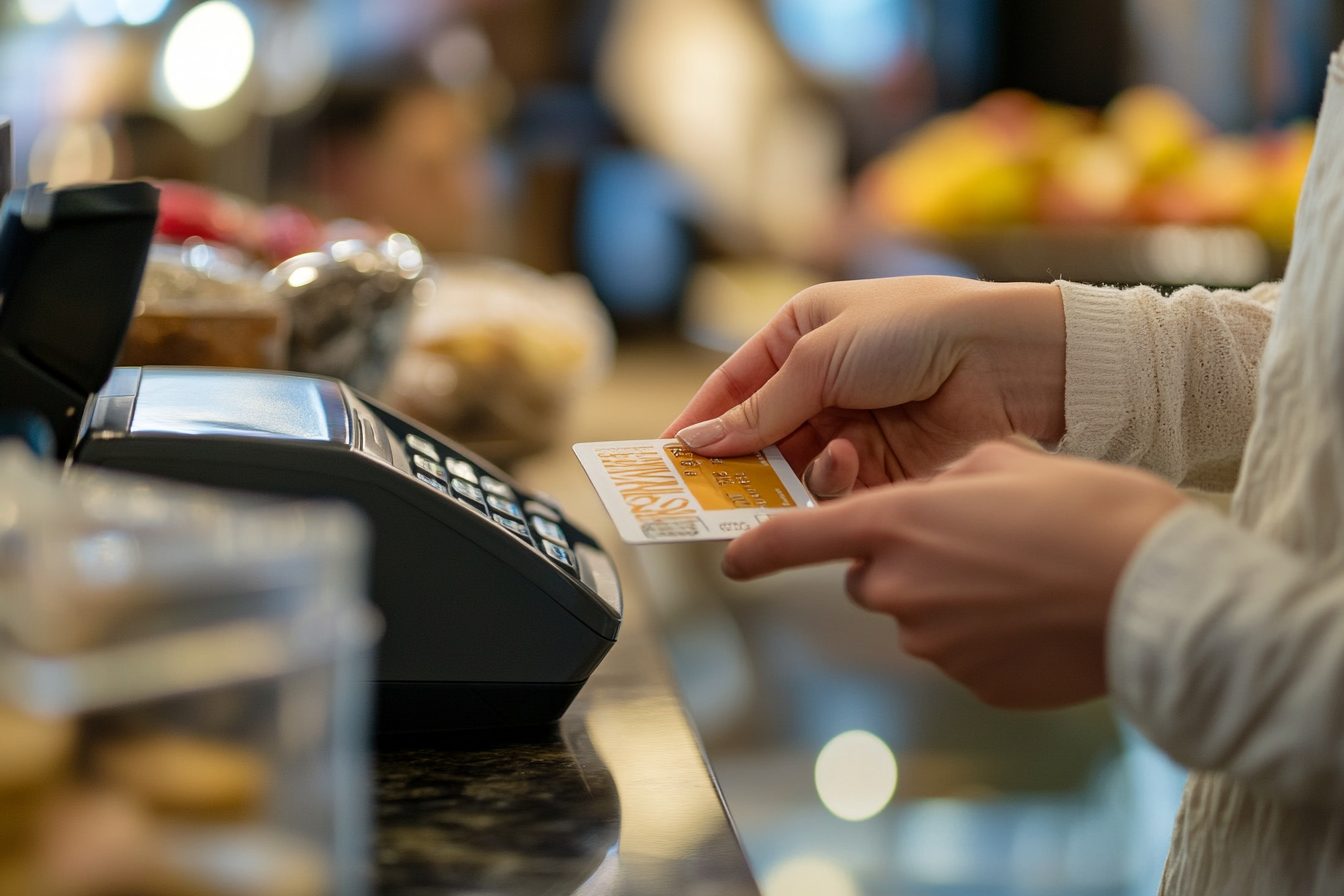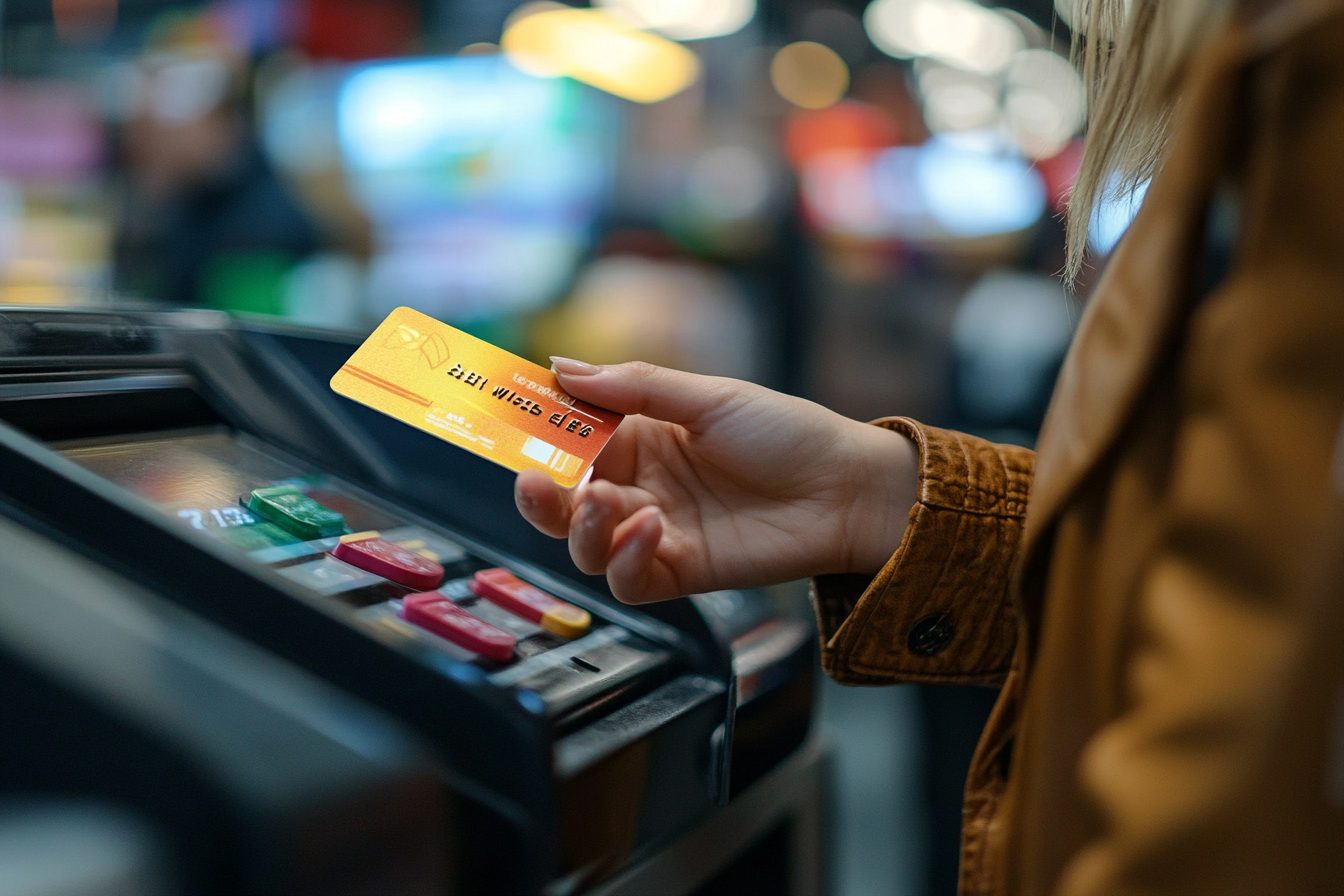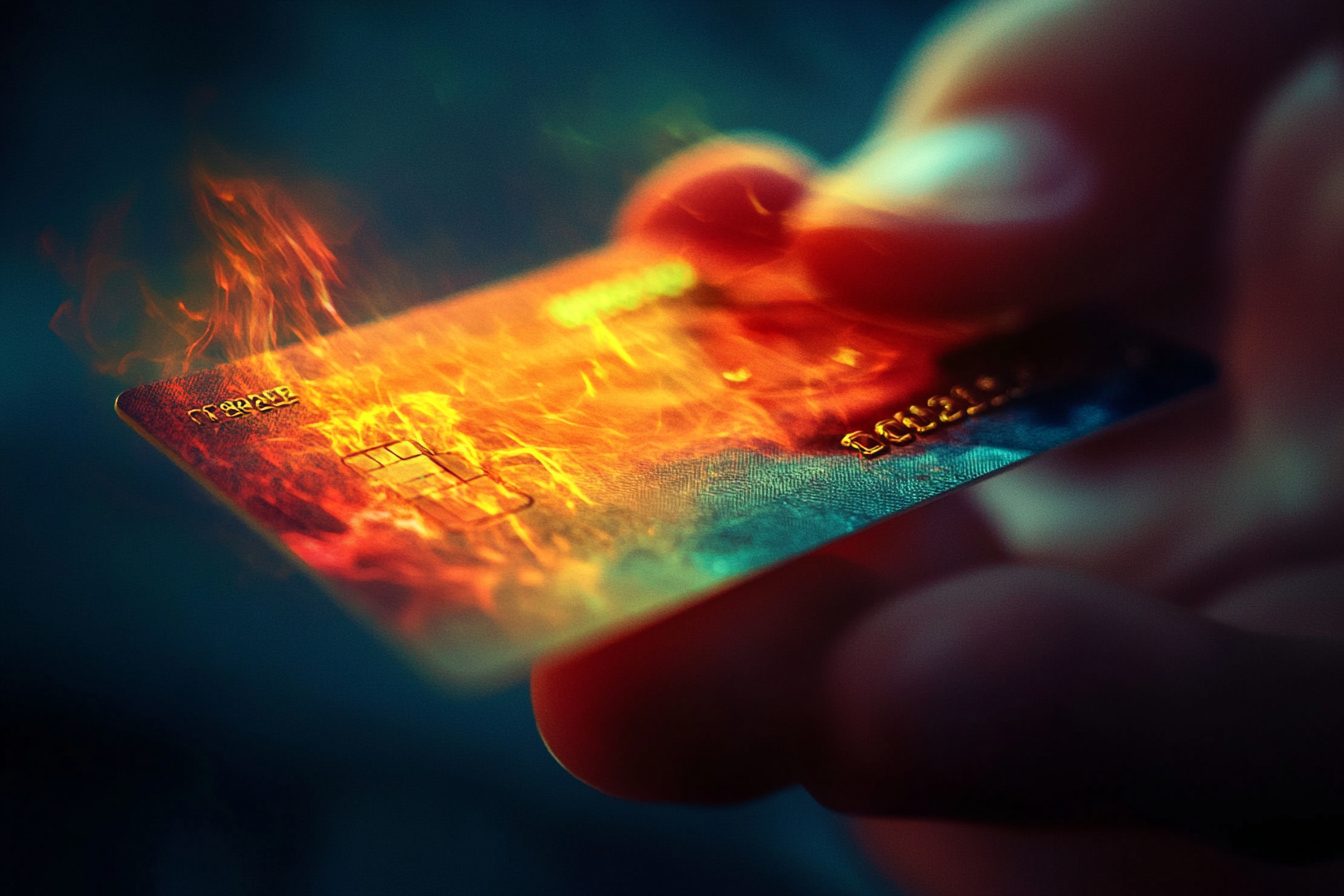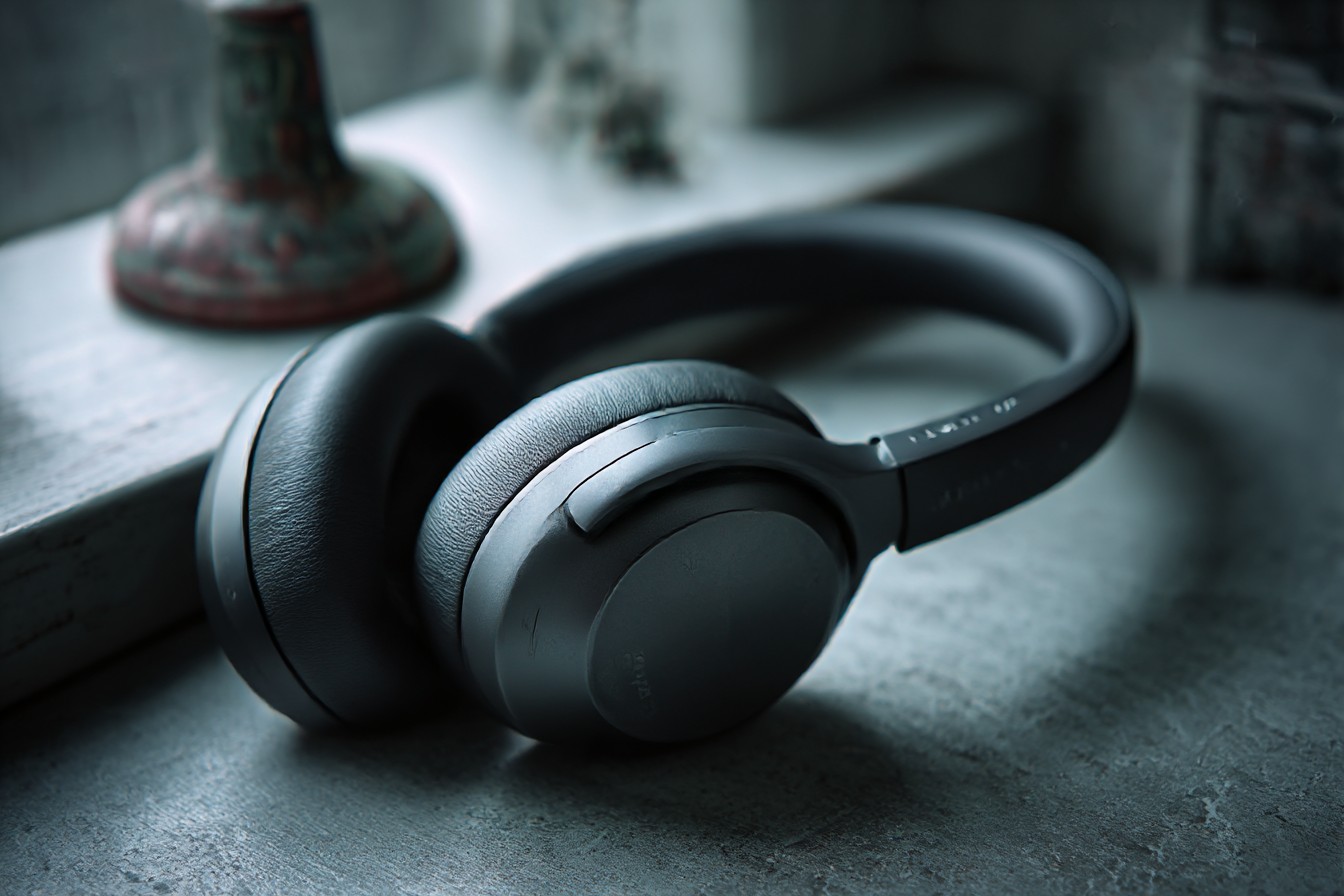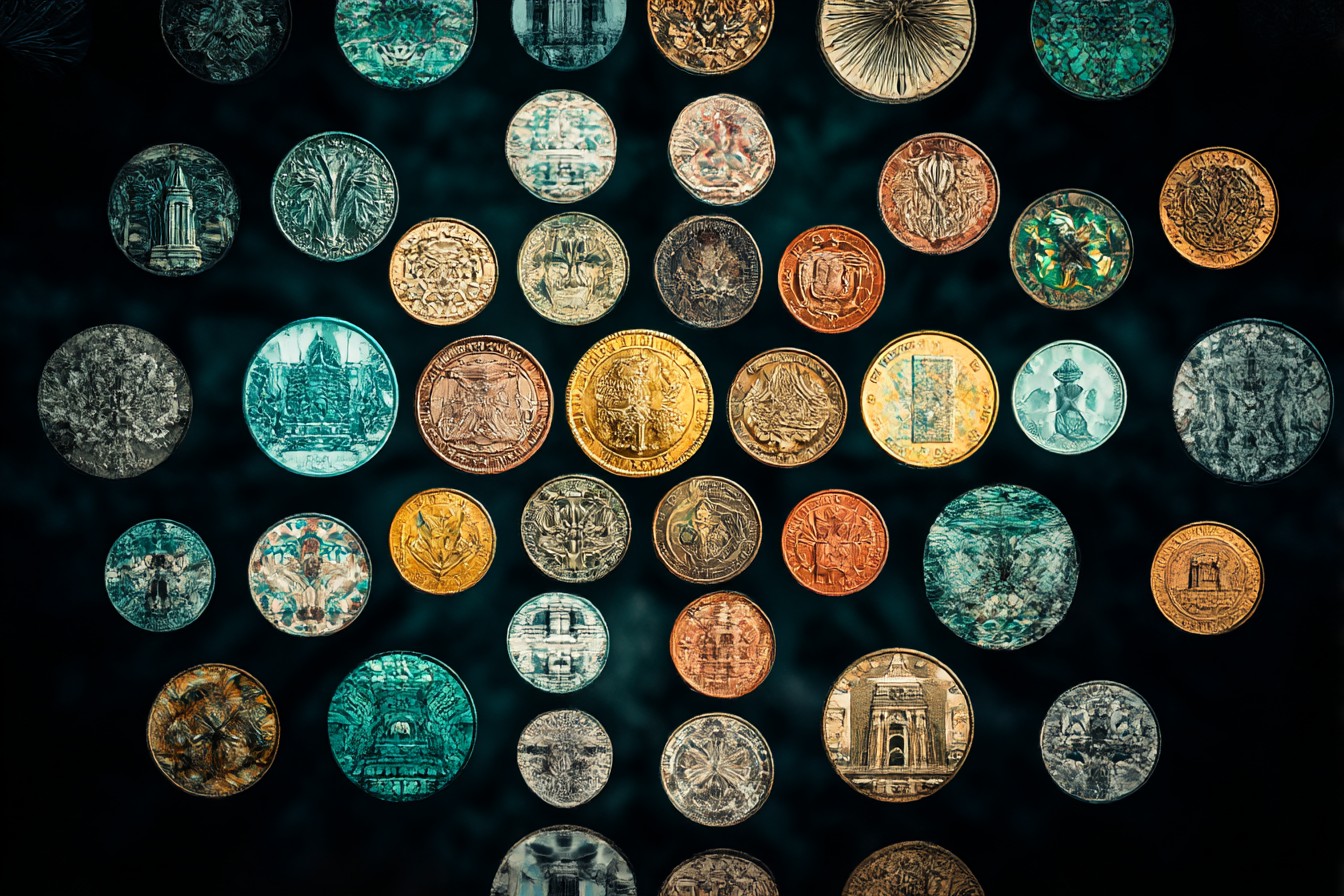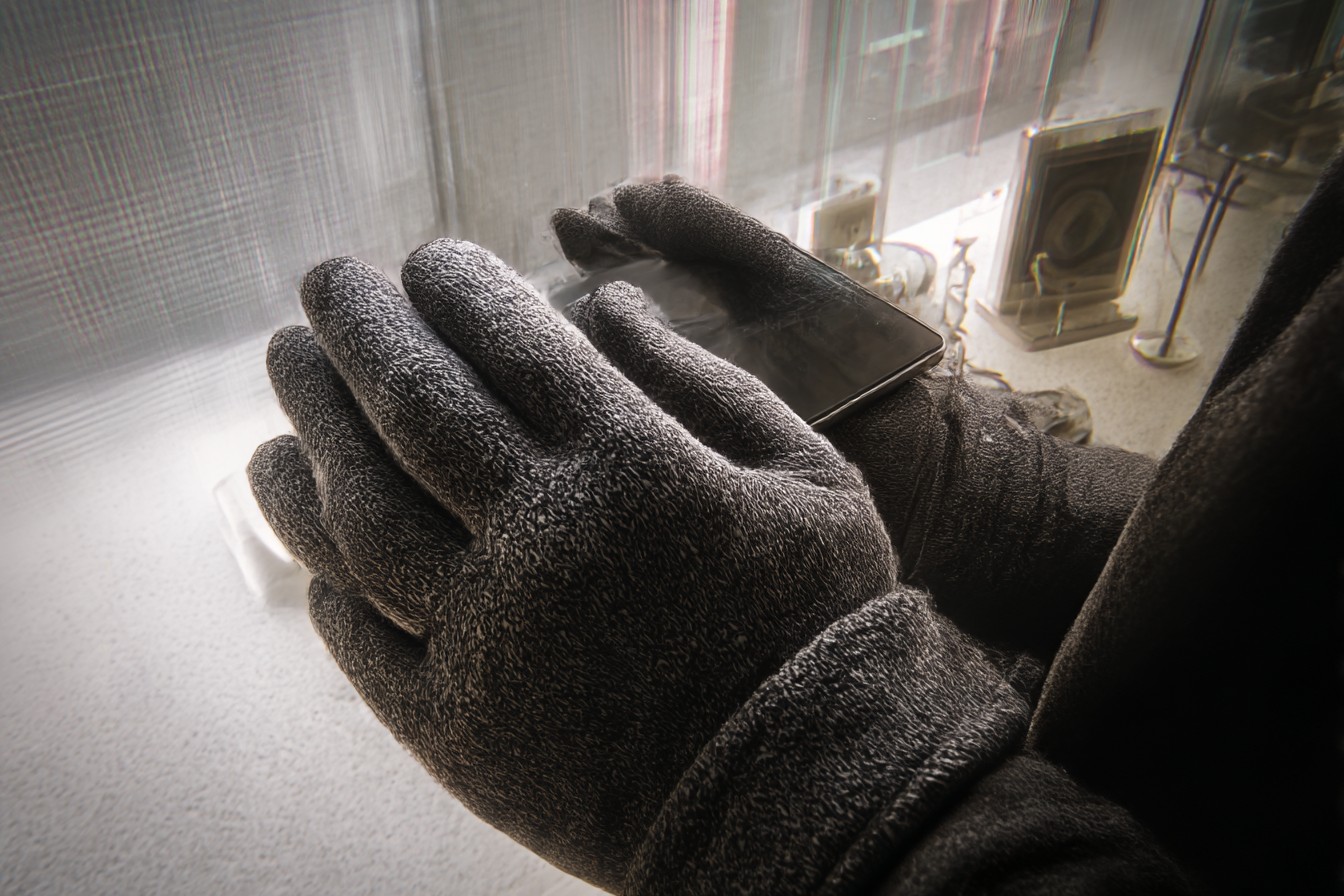I literally didn’t understand a single word when the cashier said “just tap it” for the first time. I held my card exactly how a caveman would hold fire. Living outside of the box is not my strong suit and as I pointed out, this was clearly a directive to go against the epitome of my existence.
This does not sound right. What the heck is this woman saying? As if reciting some spell, she said, “yes”, while pointing at the terminal. Unbelievably, this was not the end of her mantra.
“Contactless,” I whispered in disbelief
That deceptively brilliant contactless technology everyone seems to fetishize definitely requires us to insert a card, enter a 4-digit password, and probably strip down to our underwear. Progress, they call it. I say it is yet another chance to get mortified in public.
What I like to call contactless theater was unfolding right before my eyes on a Tuesday afternoon while I stood in line at my ritzy local coffee shop — a place I frequent so often that the owner is likely planning on purchasing a holiday home with the profit. The gentleman waiting in front of me was ready to make his payment and pulled out his wallet in one sharp, confident motion. Just like myself, I assumed that he had acted this way in front of many payment terminals, so I understood that the theatrics that followed were mere custom. He retrieved his card and proceeded to hover it above the machine.
Nothing happened. So he tried tapping it again, this time with more conviction. Still, the outcome was zilch.
That particular barista, who I can only assume had dealt with people like this in excess of fifty times within a single day, tentatively encouraged him to insert the card instead. With a roll of the eyes that you and I both know is over dramatized, he said no, no, no. It’s contactless. It should work.
This is pure stubbornness,” I told myself and a second later I realized that he was indeed marrying his stubbornness while dressed in business attire like he had just walked out of a board meeting, which suggested that someone like him widow in other people’s money, proceeded to slam the ends of his card against the staring terminal hoping there was a magical sweet spot on the terminal where a line would refill.
In front of him, the barista’s smile turned into something that looked like it would take a dentist’s extraction to fix. It felt to him as though he had been waiting long enough to harvest the beans himself. He softened toward the chip reader. He completed the transaction and, if that’s what it could be called, let out a sound that passed for thanks in most cultures while mumbling something about how things used to be. He stepped back to sit on the stool at his ‘artisanal’ workstation where he would wait for what’s supposed to be his ‘artisan’ drink.
Had I not had the same epiphany three days prior at my local grocery store, I would have taken some pride in feeling smarter than everyone else. In his case, there were a number of other shoppers who were equally as impatient and who were witnessing my terrible use of self-service technology. Without a doubt, the best part of contactless payments is their utter failure to work properly.
In one environment, a card is bound to work flawlessly, while in the next it will most rigidly refuse. A function that seems to require but a single tap, yet for the sake of amusement, this card chooses on occasions to work on the first, second, and what feels like final, hundredth tap, all the while blaring an invisible siren that is meant for nearby audience to perceive that the card possessor is some kind otherworld transcended being lulled into mesmeric failure. “Maybe, it is time you brought it closer,” likely the cashier will say when it is abundant clear that, in quite truthful benediction to nothingness, slack space propounded claim that close proximity card should moniker contactless.
“Try harder, a taps with an ounce of zeal,” is the friendliest charmed advice I get, as if gentility retains soft and less strong touch impossibly did not exist within my capabilities.
At this point, the exchange seems to be bordering on resolving issues with a rather problematic 3-year-old. One cashier told me that “sometimes it helps to wave it slowly,” So I waved my hands over the piece in question in what could only be described as a blessing and was met with jovial laughter from those in line behind me. My friend Sarah says you have to “find the sweet spot” on the machine.
This is how every other payment becomes a free for all guess along with me and my pals. But every machine is different. Some prefer the top right while others sit in the center.
Asking a machine for a sweet spot certainly makes one look clever. I’ve witnessed multiple people use every possible technique: the rapid dip, the protracted sort—what could only be divine shrines—and the slow but firm downward jab. Just the other day, I witnessed a lady lean in towards the payment card as if getting intimate with a debt machine would somehow make it function.The hilarious part is that lip service was given whilst the woman conversed with a plastic card. Not knowing is truly the worst part. Will it be successful this time?
Or will I undergo the Walk of Shame, that sad pilgrimage from contactless rejection to chip insertion and all the landmarks in between? Come on, let’s be real. My face is glaringly visible for everyone to see.
I might as well be parading about with a placard that reads “REJECTED!” And pity you should have if both contactless and chip options fail for your card. That is when you must remove the ancient cash—assuming you even possess such out-of-date money—from your wallet. Generationally Astounding Z is nothing if not discerning, witnessing a middle-aged man counting out anything under…ideal payment options.
We now have to analyze the receipt. After I finish my transaction, the cashier asks, “Would you like a receipt?” What I WISH is that the last three minutes of my life would have disappeared, but instead, I mumble, “No, thank you,” because what would I need documenting my struggle for any ways?
My defeat? My eventual, humbling success? The reality of the situation is that this technology, designed to improve efficiency, works the opposite way much of the time.
I checked the clock. A successful attempt at contactless payment takes approximately two seconds. A failed attempt and subsequent card chip insertion takes between 15 and 20 seconds.
Factoring in all the failed attempts, it is about thirty seconds or more of wasted time, which could be spent executing a card swipe transaction, writing a check, or even reading “War and Peace.”
My neighbor Tom, a flip-phone wielding technophobe, refuses to upgrade to contactless cards because “It’s too complicated.” I used to find him absurd, but now it seems like I was the one who set myself up for modern miseries while standing at a terminal and trying to tap my card against a machine that’s not responding while judgmental eyes bore holes into me.
Last month, when I was trying to pay for a parking spot, I encountered the peak of absurdity. The machine, which looked like it had survived several apocalypses, proudly displayed a contactless payment symbol. With a hopeful attitude, I held my card up to the machine, hoping to make contact.
This time I got no response. As I attempted to strike the surface once more with a more commanding force, hoping to get the apparatus to capitulate and my gesture put an end to a meaningless exchange, I dealt with utter silence.
It took me several attempts, but I finally noticed the small note scribbled in pencil: “Contactless not working. Please insert card.” This clearly outdated sign hadn’t been updated for years. How many people like me, with the tender hope of effortless tapping, had been forsaking their taps in front of a machine that was devoid of any hope of function?
It saddens me, but not in the way you’d expect. With the relief of tech that works—mind you, when everything functions, it’s rather nifty—the anxiety-inducing social situations this creates leave much to be desired, and angered. The embarrassment that sets in when one gets to do a task adults struggle with and requires children’s supervision, mortifying. With every failed tap, I feel more of my spirit drain away.
Like clockwork, it challenges the impatient obedience within us. In the world wise to time, we must accept so long as we’re left with the ease of modernity, the reality is this: We ache to scream our freedom through rage quit disbelief and surprise, yet all we do is reluctantly put in the card, pretending to save two seconds in an emotionally damning transaction.
Time that is, in fact, squandered (and cell phones are checked and rechecked) in the time between the authorization of the transaction and the printed receipt. The following time you find yourself in contactless limbo, do remember you’re not in this alone. Take a look around.
Try to meet the eyes of your fellow payment soldiers, and give a respectful head tilt. After all, we are enduring this together—suffering through the multitude of transactions the 21st century has set for us.
Let this serve as a reminder: if you are unsuccessful in your attempts, give it one last tap. If this doesn’t work, you can always opt for the chip reader, or cash.
Bartering is still an option, and in some fancier parts of the city, rumor has it, you can pay with chickens.
